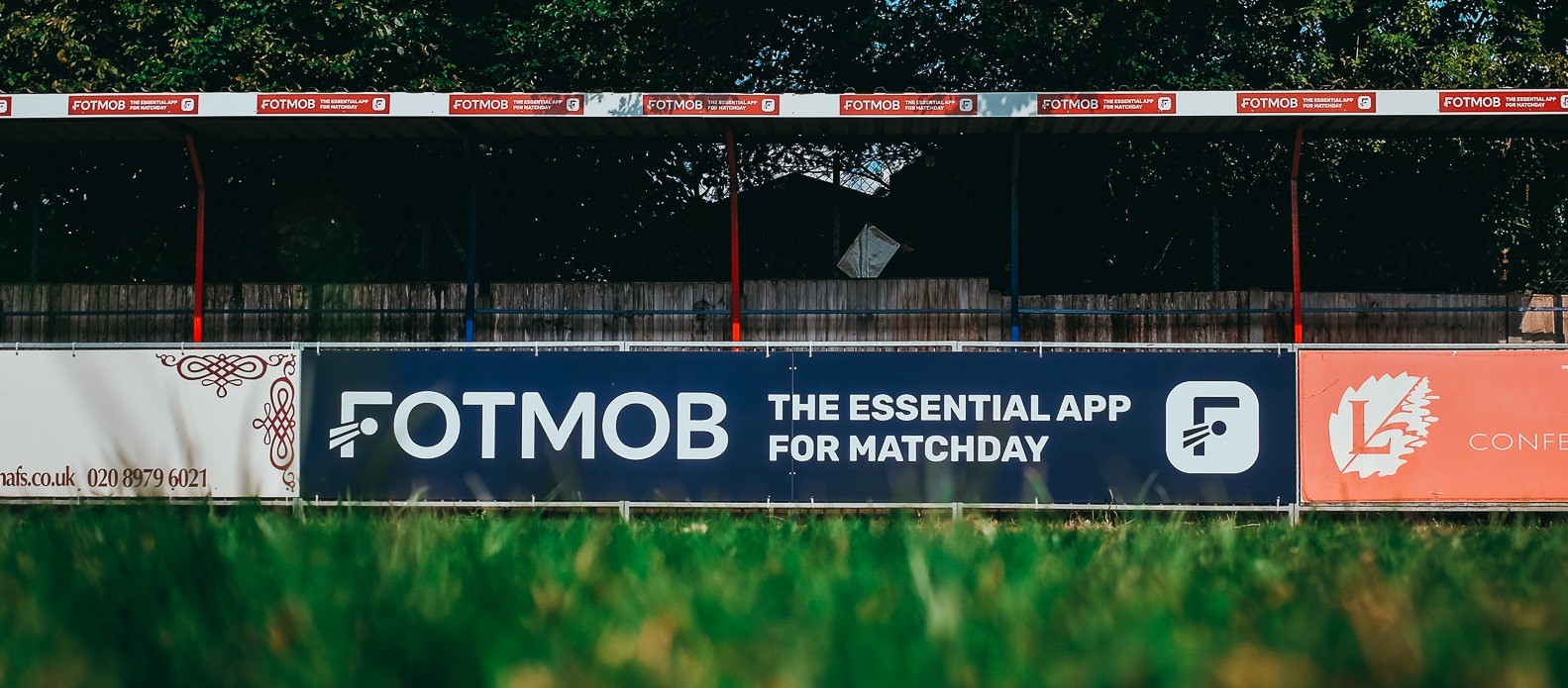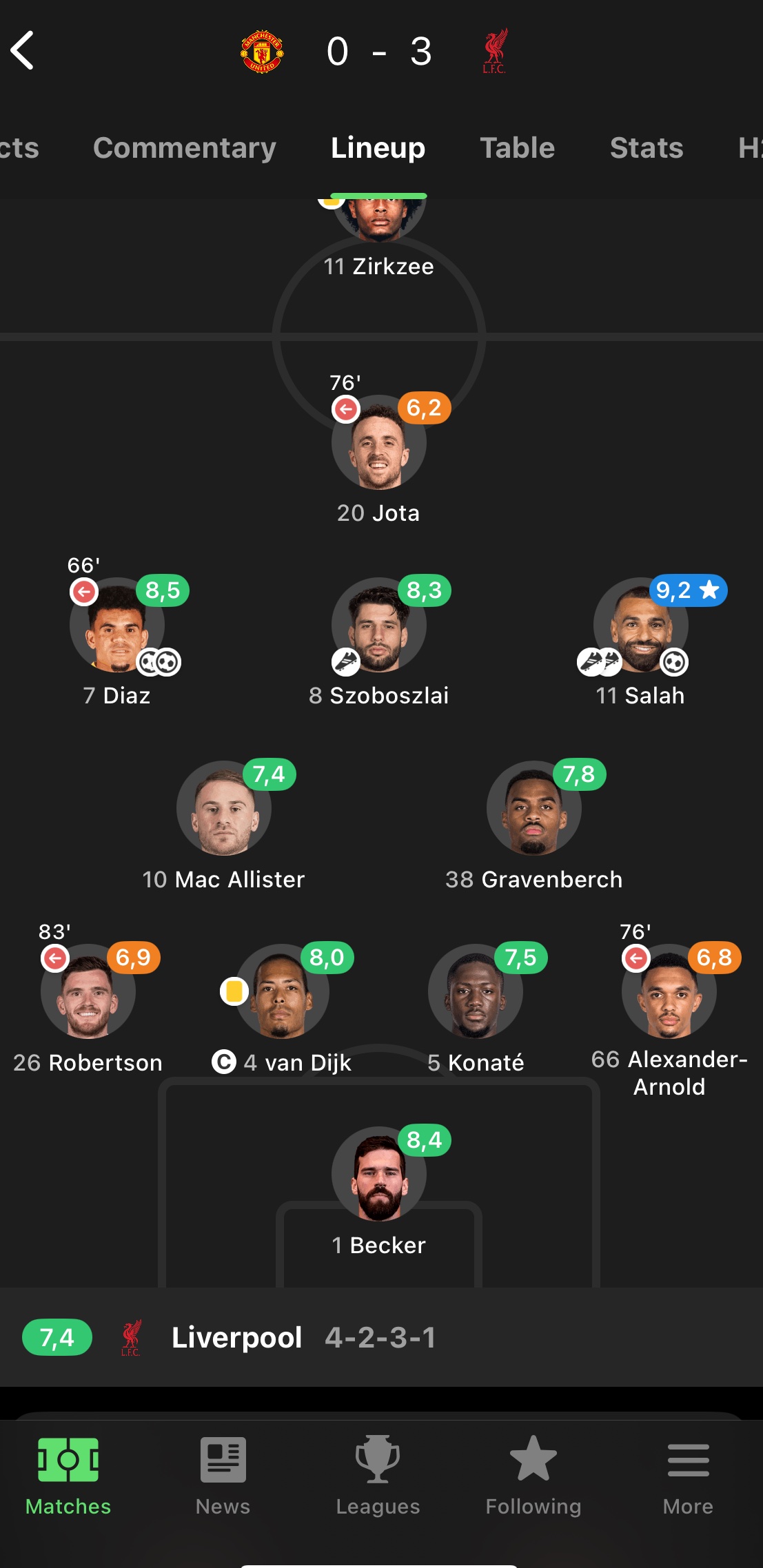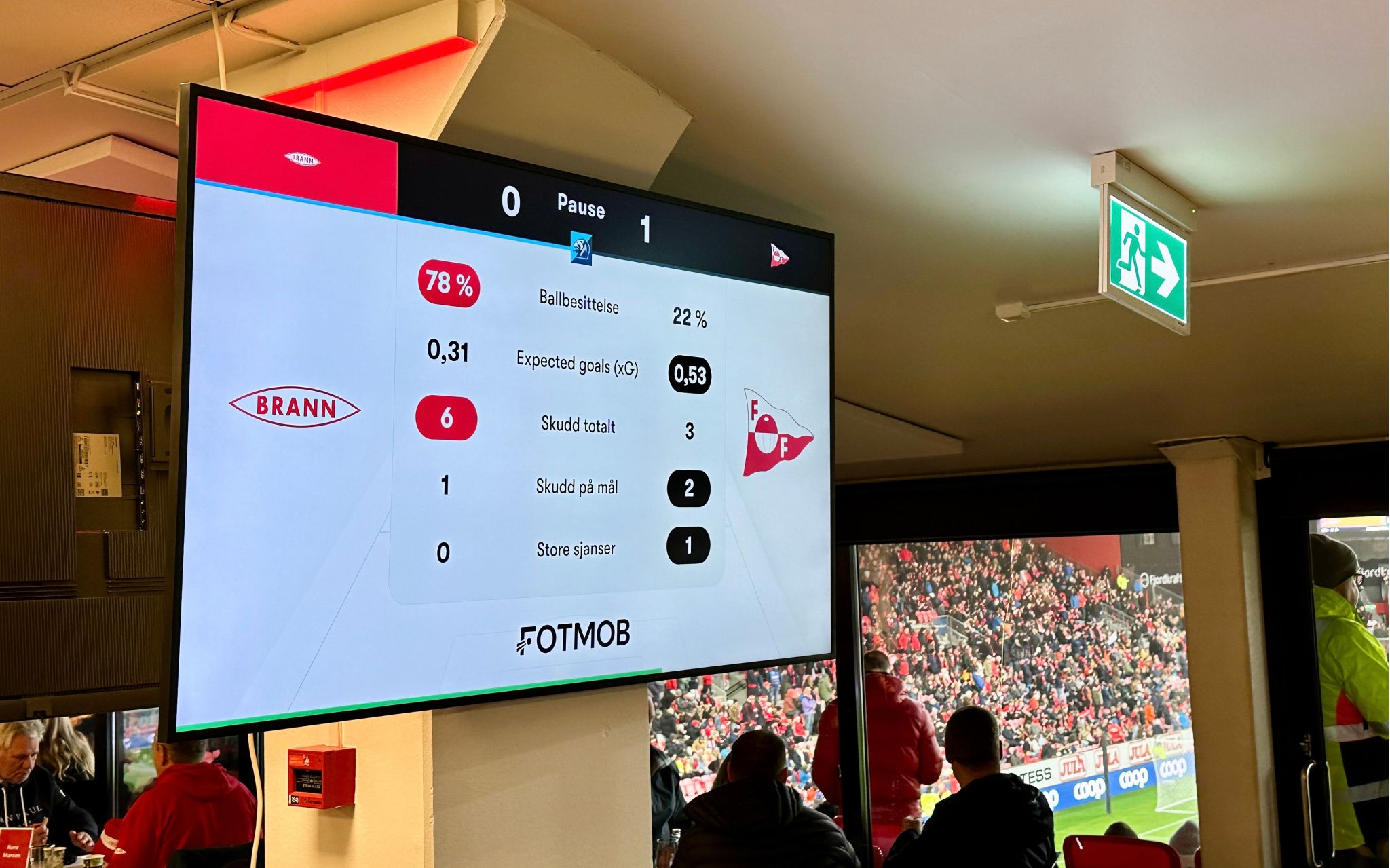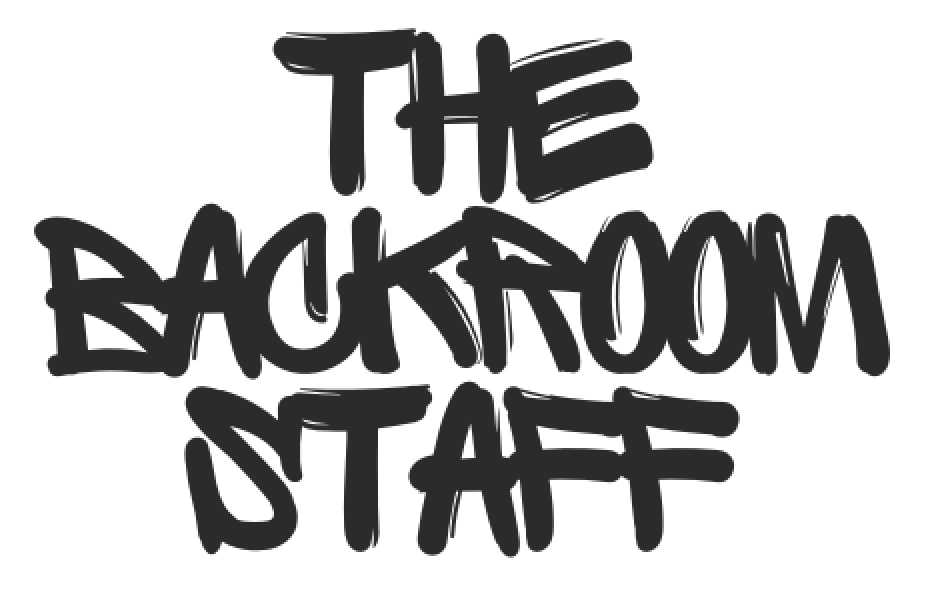One of the best parts of starting The Backroom Staff is it gives me an excuse to speak with the people behind my favourite things in football.
I’ve been using FotMob almost daily for the better part of a decade (it consistently tops my screen time stats…). It’s one of the coolest companies in football - and the best app for following football.
In this interview, FotMob Product Lead Curt Baker shares a behind the scenes look at his life in football, his ‘side project’ that hit 500k users (!) and his work behind the ultra successful FotMob app.
The interview has been condensed and lightly edited for grammar and clarity.

[ Can you share a bit about your background in football? ]
My love for soccer kind of began when I was maybe 13 or 14. I remember Fox Sports World had the rights to the Premier League and I, for some reason, started waking up at 7am on Saturdays as a teenager to watch Manchester United. At that time, David Beckham was beginning to break through in the US as interest in soccer was growing.
So I started there and stuck with it and fell in love with the game, despite not having any friends who followed soccer as I grew up. Later, I had a season ticket to Minnesota United, back in the NASL days before they made it to MLS.
Since I moved to Norway I have had season tickets to both the men’s and women’s teams for SK Brann here in Bergen.
[ After university you were working in different jobs in marketing and product when you started a successful side project? ]
My background is primarily working at design agencies, mostly on the strategy side of things - brand or product strategy - but also physical design, communications, a big mix of things.
At one of my past companies, Little, there was a designer who was also into football. Ahead of the 2014 World Cup in Brazil, we both really wanted a super simple way to follow all the matches. Something that gave you more info than ESPN would - which was pretty bare bones with football coverage at the time - but also not as overwhelming as the alternatives which were just giant lists of every football match imaginable.
We were obsessed with simplicity and ease of use - what is the simplest way to wake up every morning and know which games are being played and the story around them? And, we built what became Tap In Guide which had mini guides to each match throughout the World Cup.
I wrote everything for the guides, it was very simple and brief previews that shared a little about the narratives behind the game - what’s at stake, players to watch, things like that. We just put all that into a JSON file and uploaded it to the site, that was it!
What made it unique at the time was its singular focus and we had a really, really big focus on UX and design. For example, in later versions we designed simplified versions of club crests - and people ended up loving these alternates!
In 2014 it really took off in a way that side projects or little passion projects maybe don’t anymore. We had close to half a million users during the World Cup, which was crazy! It was a cool time for the internet where you could just be really creative and create something and if it was good enough, it would find its way without any real marketing.
[ Did you continue after the World Cup? ]
Yeah, we did the Champions League one season and the Euros in 2016. A lot of people in the overlap between the creative and soccer industries had kind of taken notice. Because of our focus on design and UX, we became a little consultancy or ‘agency’ for a while, picking up work designing editorial sites, and working on concepts for a soccer TV guide, we also worked on a fantasy game. It was fun and led to a bunch of different opportunities within the soccer world.
[ Did this experience help you make the move to Norway and FotMob? ]
I basically just sent a blind email to FotMob, but it was really nice to be able to provide context and show I’ve been thinking about these types of problems before. If I hadn’t had this experience with the side project, I don’t think I’d be working for FotMob.
FotMob has been around since 2004, it started essentially as a text message service and has gone through several different iterations. When I joined in 2018 they were probably around 4 million users, but were still small in terms of a company. I was employee number 6 or 7, I was the first non-developer or non-designer to join.
"If I hadn’t had this experience with the side project, I don’t think I’d be working for FotMob"
[ Even though you had a background in product, you started as Head of Brands and Partnerships, what did you do in this role? ]
When I came on board my primary focus was to begin doing more proactive marketing and monetization and sales. Up until then, FotMob had grown almost exclusively by word of mouth - organic growth is still enormous for us, the primary driver of our growth.
Head of Brands and Partnerships was a nice external facing title but behind the scenes I was touching a little bit of everything across product, sales, marketing and UX. In Norway, it’s pretty common to call someone who can be used in a lot of different ways a ‘potato’ - a little like a jack of all trades!
After a while, these areas grew and grew and they needed more focus than one person being spread across them. Also, I was certainly most passionate about (and best at) the product and product focused work. So I made the switch to more formally focus on product.
[ FotMob is a free app without any premium tiers, can you talk about the business side, how does FotMob make money? Is it just advertising? ]
Currently, the business model is around advertising and partnerships - which is a more premium kind of brand advertising - where we might do something a bit more custom or exclusive for e.g. Paramount+ or Apple, or TNT in the UK.
We do have a subscription offering but I think historically that’s been more of a tip jar in a way. We’ve done some research and most people who subscribe say they are doing it just to support the app. But we are in the midst of working on making that offering a little bit more robust and providing some additional benefits.
We're not going to go down the route of locking features behind a paywall or requiring people to pay to access additional data or something like that. I think it's always going to be ‘quality of life’ upgrades like little customization options - things you can do to make FotMob more personal. So that will be interesting to see how that impacts the business model going forward.
For the most part though, it’s traditional advertising that you find all over the web and apps and then bigger partnerships directly with brands and agencies around specific campaigns.
[ How is building a product for football fans different to building for other audiences? ]
I think one big difference is I've never worked on something that I'm this ‘close’ to before. When I worked at agencies, I worked with a power tools client, on designing bug spray cans or rebranding a university website. With each of those you need to really dive in and get smart about that kind of territory.
With football and being so close, it’s important to maintain that curiosity and an open mind and look for feedback without assuming we have the answers. There’s a lot you can use your intuition on and not everything needs to be completely reinvented, but people follow football in so many different ways and have so many different needs and so many different behaviors.
Especially when you have a product that’s pretty broad - at the simplest level it’s ‘following football’ and getting scores - but there are so many different use cases. Plus we’re global, we’re in 25+ languages, and we’re on every continent - we even have users in Antarctica! So it’s important to stay curious and open to new perspectives.
"it’s important to maintain that curiosity and an open mind and look for feedback without assuming we have the answers"
[ You were recently in the UK speaking with fans at stadiums - can you talk about how you collect and incorporate feedback into the product? ]
I'm collecting feedback pretty much constantly!
We run surveys here and there which are useful as a starting point to dig deeper. The most valuable thing about surveys is we get to know people who are open to chatting with us further. I email with a lot of users directly who have indicated that they want to keep providing feedback.
We have a discord where people can chat with us all the time with requests, ideas, or bugs. In the past I’ve used Twitter quite a bit to get feedback on very, very specific things. Because we have such an engaged user base, if I ask a question about how people use player profiles or what notification settings they have, I can get enough people in my mentions to get a quick check on stuff like that.
The most valuable thing is to get into conversations with people. On that UK trip, I was talking to people following football in its ‘natural habitat’. I was at Dulwich Hamlet and I knew a few people there who could give me a warm intro but otherwise, I was just asking people, “how are you following football today?”
It might seem kind of silly that someone who's worked on a football app for 7 or 8 years now is asking people how they follow football, but you always learn things in situations like that. It’s super insightful and you realize every fan has their own preferences.
[ There are tons of updates and new features on FotMob - in your view what have been the big changes to the product in the last few years? ]
I think the biggest change has been the depth of data available. We've gone from offering the basics of letting you know a goal has been scored, to being able to really do second screen match analysis.
Obviously the whole industry has kind of moved that way - beyond simply providing scores and lineups. I think we were the first app to provide live xG data. Then we brought in shot maps which visualizes where the shots are taken from live. Now we have a momentum graph which is based on getting the ball into attacking areas and the threat level.
FotMob has always been good at UX and providing a great, easy to use experience. So, while we’ve really evolved to provide a richer match experience with more and more detailed data it still always needs to be presented with that same principle of having world class UX.
We'll continue to add depth. But we consider which of these things should be presented for everyone (as default) and which should come one click deeper. We want to make sure that the experience isn’t overwhelming and if all you want to do is pop into the app and get the Liverpool score and the Real Madrid score, you can do that - we won’t get in your way. And if you really want to dive in and dig deeper, it’s intuitive.

[ You mentioned when you joined, FotMob had about 4 million users, now the website says 15+ million active users (!) - what are the goals for FotMob going forward? ]
Beyond the numbers, it’s how can we continue to give you the richest experience for following a football match? How we can be your primary source of football information?
It’s only been a few years that the industry has moved beyond just providing scores so I think there’s still a long way to go. Part of the balance is making sure that we are moving at the right pace with users as well. That’s been interesting, you know when you see things like xG popping up on TV broadcasts and being prominent in Football Manager, then we knew that culturally it was ready. If we introduced it, people would understand.
We continue to look at that, especially as more and more advanced data is available. There’s a lot more positional data or new metrics like expected threat and all these things. We have to decide which of these are ready to be brought to a mass audience, which of these are going to be valuable for years to come, and not just a kind of ‘fad’. I've seen people talking about scans per 90 - like how many times a player turns their head - I don’t think we’re going to introduce scans just yet!
Otherwise, beginning to look at other platforms is something that we will be exploring more, going forward. For example, here with Brann, we have live match data on all the TV screens around the stadium. So thinking about how FotMob can be used and how we can display data in different environments is something interesting as well.

[ Do you think FotMob will expand to other sports? ]
We're still only around 25 people and we like being a small, really nimble team. So I think it would always be a balance if we can maintain this level and bring on other sports. The way FotMob as an app has been developed and the user experience we bring to football - could we do this with other sports?
We get requests to add more sports and I think it’s tempting and would be a really fun challenge to take on. Could we bring the same experience to say, basketball? I think someday it’d be possible.
